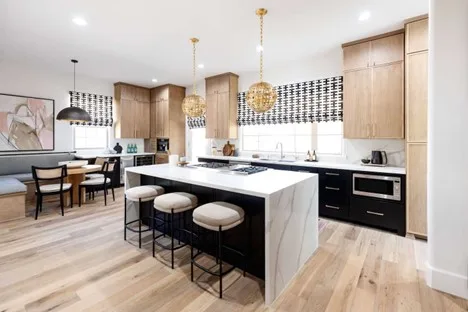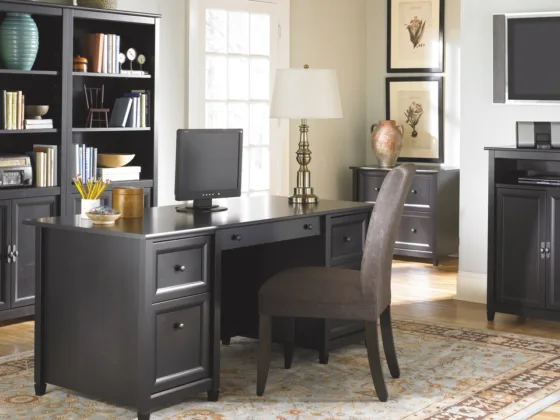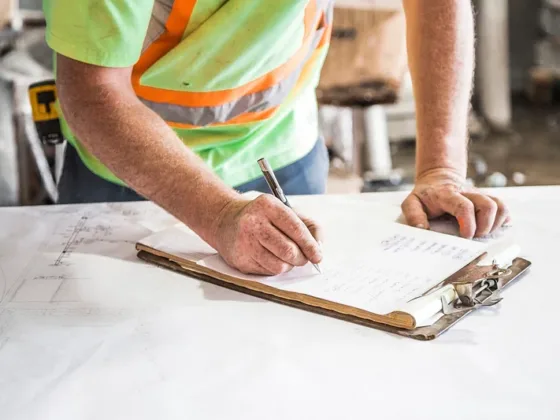Table of Contents Show
With countless types of residential heaters available, it can be difficult to choose the best option to heat your particular home.
This article will take a look at some of the most popular types of heaters that are used in modern homes today, including natural gas heaters, wood-burning fireplaces and space heaters.

Popular Types of Heaters for Home Use
Read Also:
Electric Space Heaters
Electric space heaters can readily be moved throughout living spaces due to their relatively small size and their ability to be plugged into any common wall outlet to start heating.
One of the biggest upsides of these heaters is that they’re cheaper to buy than virtually all other types of home heaters. However, the drawback is that they’re also more expensive to run than most other heaters.
Electric space heaters usually aren’t suitable for long-term, full-time use. However, they’re ideal for heating up bathrooms and other small rooms.
Gas-Fuelled Space Heaters
These days, almost all space heaters are electric. However, some people still hold onto their old gas-fuelled space heaters, which burn gas.
These LPG gas heaters used to be the most popular form of heating small areas, which changed when electric space heaters took over the market and became widely desired. Unfortunately, gas-fuelled space heaters can be quite dangerous if they’re broken or knocked over.
Wood Burning Fireplaces and Stoves
You undoubtedly know what a fireplace looks like. Wood burning stoves, on the other hand, are essentially fireplaces that can be moved around, although they don’t have chimneys like fireplaces do.
Wood-burning stoves and fireplaces are ideal for people who have access to plenty of firewood. If you don’t have access to firewood, having to purchase firewood from retail stores can get quite expensive.
Gas Fireplaces
Having a gas fireplace in Melbourne is a more affordable and convenient alternative to a wood-burning fireplace.
Wood fireplaces require you to keep firewood around, something that most people living in Melbourne can’t do. On the other hand, a gas fireplace in Melbourne never requires you to go out and buy wood before using it, as it runs off-gas.
Wall-Mounted Natural Gas Heaters
These natural gas heaters are affixed to the wall and are − as their name implies − connected to a natural gas connection. Natural gas is good to use as a fuel source because it’s relatively clean as well as affordable.
Wall-mounted natural gas heaters can readily heat even the largest of residential rooms and are a popular choice for homes of all sizes. This is because they’re much more powerful than other options such as fireplaces and space heaters.
Central Heating
Many modern homes these days come equipped with central heating systems. Unlike free-standing heating systems, central heating systems often come equipped with the ability to heat and air condition your entire house.
Furnaces are the parts of the system that are directly responsible for heating air. Colder air from inside your home is blown over the furnace, heated up, and then released into your house.









